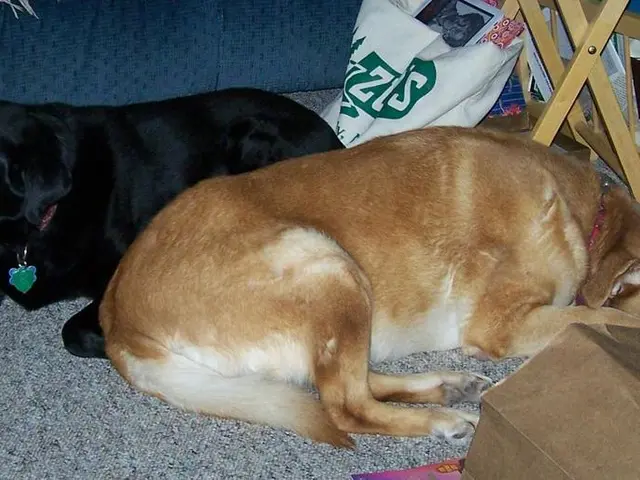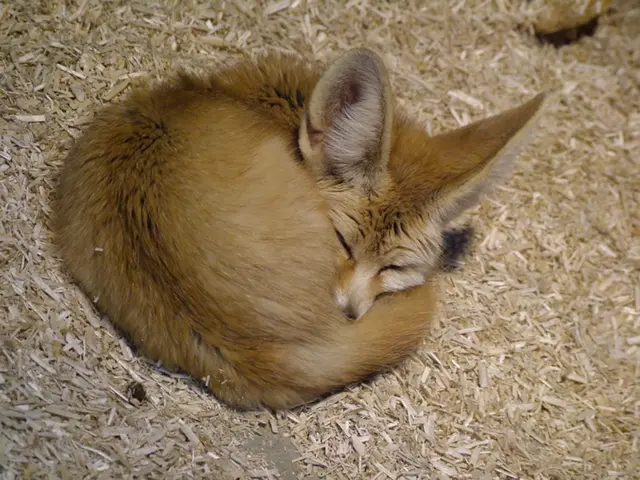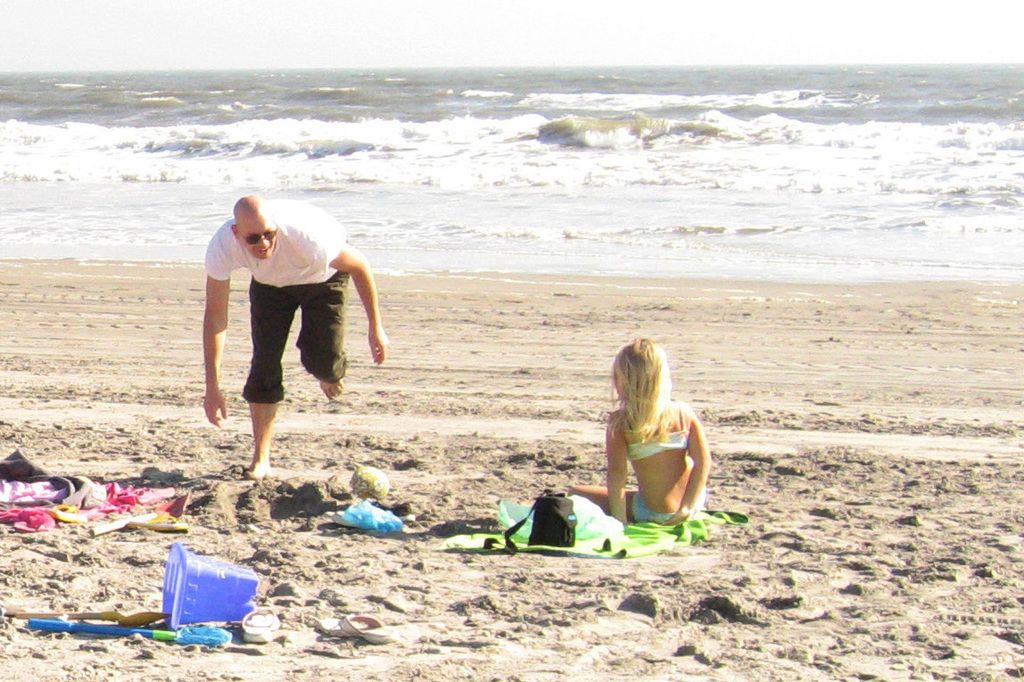Timeline for Puppy Tooth Shedding
Pups Ain't So Different from Babies
Puppies might seem like miniature versions of wolves, but they share some similarities with human babies, especially when it comes to teething. Both require lots of sleep and food, and they both fill diapers and experience the discomfort of teething.
Now, we've got you covered as you navigate your new puppy's teething journey. We'll walk you through the timeline, offer tips to make your pup comfortable, and alert you to behaviors and symptoms that might require veterinary attention. As always, consult your vet if you're unsure.
Got Baby Teeth?
Just like we do, dogs have two sets of teeth — baby teeth (deciduous teeth) and adult teeth. Puppies have 28 baby teeth, while adult dogs have 42, containing 20 on top and 22 on the bottom, says Dr. Jerry Klein, chief veterinary officer for the American Kennel Club. In comparison, humans have 20 teeth as babies and 32 as adults.
Puppy teeth start to appear by 3 weeks of age and will be fully present by 6 weeks. They'll start to lose their baby teeth by 12 to 13 weeks, and by 6 months, they'll have shed all of them.
Though there are differences in the number and appearance, the functions of each set are the same. Says Dr. Donnell Hansen, an associate veterinarian with BluePearl Veterinary Partners, "Some teeth are designed for grabbing, some for holding, some for shearing, and some for grinding. The whole gamut of teeth is represented in the baby and adult teeth."
Baby teeth in dogs are sharper than adult teeth, especially since they're just starting to develop their bite.
When Do Pups Lose Their Baby Teeth?
Your vet will start to see lost baby teeth around 3 months old, usually starting with the incisors.
"By 4 to 5 months of age, most baby teeth should be out, and the molars start to erupt. By 6 months, all the baby teeth should be gone, and most adult teeth should be in place," advises Dr. Klein.
What Do Lost Puppy Teeth Look Like?
Deciduous teeth are small, fragile, and often hard to spot when they fall out. Says Pagan, "Most owners won't even notice their pup has lost a tooth as they usually either fall out on the floor or the pup swallows them with no issue."
Baby teeth don't typically become discolored as they shed, but a discolored tooth might indicate infection and should be evaluated by your vet.
Does the Teething Process Vary by Breed?
Smaller breeds like Chihuahuas and Yorkshire Terriers are known for developing retained deciduous teeth, a condition where the baby teeth are delayed in shedding or don't fall out at all. This can cause malocclusions and should be addressed by a veterinarian.
Puppy Teething Timeline and Chart
The entire teething process usually lasts about 4 to 6 months, but it may vary. Here's a general guide:
Puppy Teething Chart
Behavior to Expect from a Teething Pup
During teething, you may notice increased biting and chewing activity. Pups will likely want to gnaw on things, so providing appropriate chew toys is crucial.
Some pups might be in pain, feel a little down, and, in rare cases, may even get a slight fever during the peak of eruption.
Puppy Teething Symptoms
Teething in puppies is generally smooth sailing, but some dogs may show the following symptoms:
- Increased chewing
- Pain and discomfort
- Red or swollen gums
- Lethargy
Increased Chewing
Teething pups will likely chew more, and occasionally you may discover a drop of blood in their food dish or on a toy.
Pain and Discomfort
When teeth are erupting, your pup might feel some pain and discomfort. Pups will often chew on things to help alleviate this pain.
Red or Swollen Gums
As permanent teeth come in, dogs can develop mound-like swelling on their gums.
Lethargy
Most healthy pups won't require intervention, but if your pup is lethargic, doesn't want to play, or is reluctant to eat, consult your vet as soon as possible.
Helping a Teething Pup
Though teething is a natural process, there are things you can do to ease your pup's discomfort.
Provide Chew Toys
Puppies love to chew, which aids in the teething process. Always make sure you have plenty of appropriate chew toys during this stage.
Avoid Hard Toys
Avoid overly hard toys like bones and hard chews that could potentially damage developing teeth. Instead, opt for something that still offers resistance, like a toy with a bit of give.
Frozen Treats
Frozen toys are great for teething pups. My personal favorite is a frozen peanut butter-filled Kong.
Supervision
Never leave your pup alone with a chewable object for extended periods. They could ingest unwanted material, like socks or rags, which could get lodged in their throat, stomach, or intestines.
Positive Reinforcement
Focus on positivity during this stage. Provide your pup with lots of appropriate toys, prevent them from getting into mischief, and redirect them with play or a walk.
Good Habits Early
Get new pups accustomed to having their mouth and lips handled early by gently rubbing your finger on their gums and lifting their lips. This makes proper dental care easier for both you and your vet.
If you notice any unusual symptoms or are unsure if a behavior is normal, contact your vet.
You might be surprisingly involved in your pet's health-and-wellness just as you are with a baby, particularly during teething. Dogs, like human babies, also undergo a teething phase where they lose their baby teeth to make way for adult teeth. This transition mirrors the lifestyle changes you'd make for a baby, such as improving their diet and ensuring they have plenty of soft, chewable toys for the teething period, to help alleviate discomfort and prevent potential damage.








